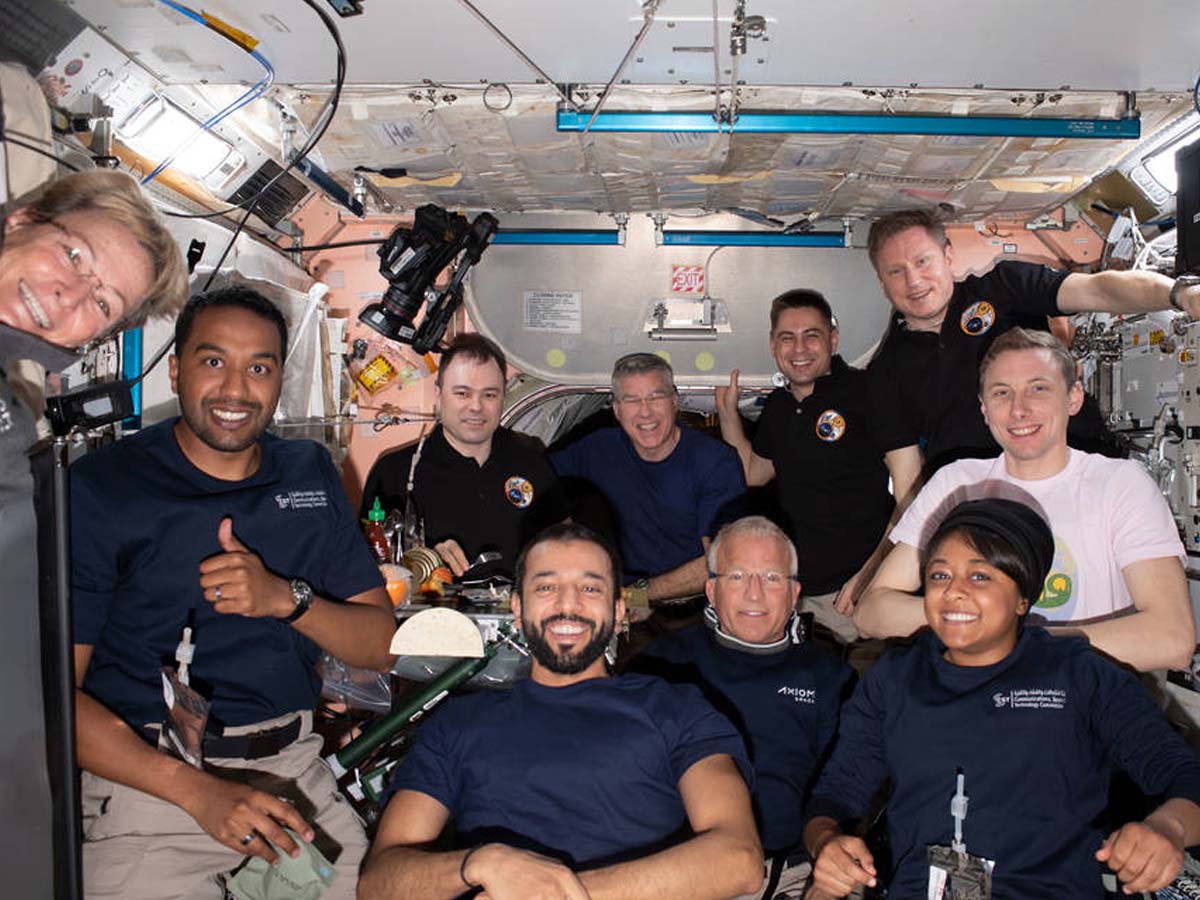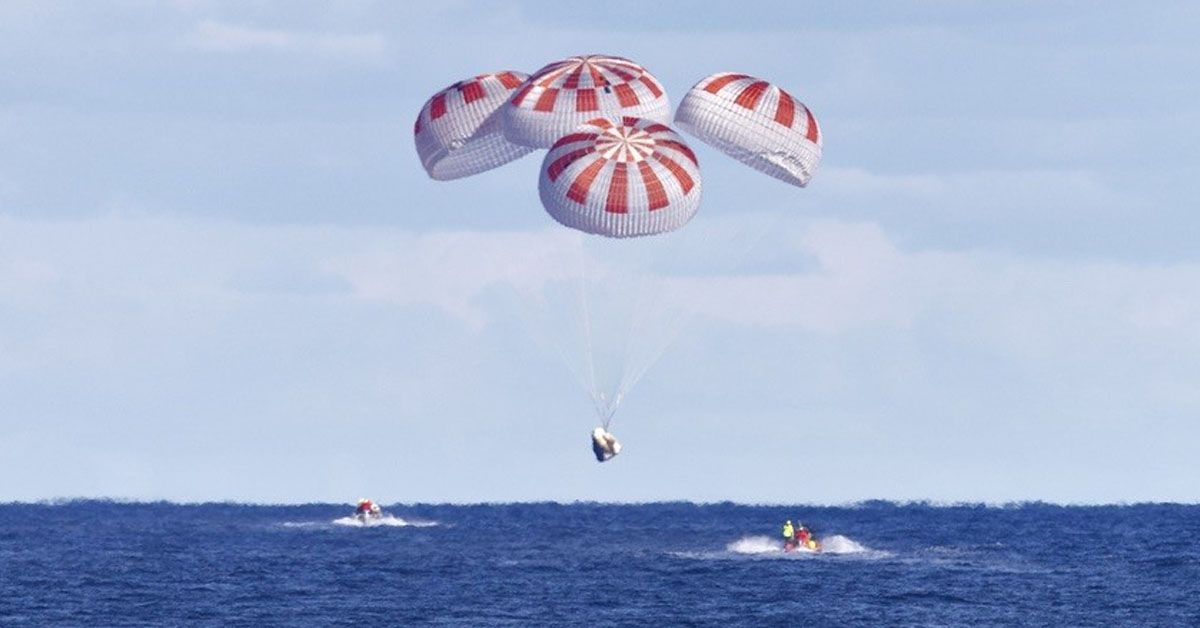SpaceX Dragon capsule, fondly named 'Freedom,' returned safely to Earth after a significant 10-day voyage to the International Space Station (ISS). This noteworthy expedition, the Ax-2 mission, helmed by Axiom Space, signaled a new era in space exploration as private astronauts embarked on an array of scientific explorations and experiments.
Carrying a crew of four, Freedom demonstrated not just the technological prowess of SpaceX and Axiom Space but also illuminated how the frontiers of space are becoming increasingly accessible. This adventurous tale of human ingenuity features record-breaking astronauts, unique scientific investigations, and international collaboration, all of which enthralled spectators worldwide.
The Launch and Return of Ax-2 Astronauts
Making a picture-perfect descent in the dark of night, the SpaceX Dragon capsule, Freedom, dropped into the waters of the Gulf of Mexico, right off the coast of Panama City, Florida. A vision of grace, the capsule disconnected from the ISS at precisely 11:05 a.m. EDT, marking the end of its 10-day mission.
After spending eight days in the orbiting lab, the capsule and its crew bid farewell to their temporary space home and started their journey back to Earth. The return trip culminated at exactly 11:04 p.m. EDT, as Freedom splashed down into the gulf's waters, drawing the curtain on a successful Ax-2 mission.
The Ax-2 Crew and Their Achievements
Aboard the Freedom, the Ax-2 mission crew consisted of four distinguished members, each contributing significantly to this historic journey. Commander Peggy Whitson, an experienced former NASA astronaut, led the team with her extensive space expertise. She has a noteworthy record for spending the most time in space among Americans and women worldwide, demonstrating her commitment to space exploration.

Alongside Whitson, John Shoffner, a space enthusiast and a paying customer of Axiom Space, made the trip. The crew was further complemented by Ali AlQarni and Rayyanah Barnawi, both belonging to Saudi Arabia's first astronaut class. Among them, Barnawi set a record herself, becoming the first Saudi woman to reach space, a momentous achievement that inspires many.
Daily Activities on the International Space Station
The astronauts' time aboard the ISS was a flurry of productivity and educational engagement. Besides their essential duties and routine work, the crew also took part in several STEAM (Science, Technology, Engineering, Arts, and Mathematics) outreach events. These activities allowed students worldwide to get a first-hand look at life in space and its exciting possibilities.
The Ax-2 mission wasn't just about setting records; it was also about contributing to the realm of science and research. Each crew member conducted an array of experiments, from observing tumor cell samples to exploring the impact of microgravity on stem cell production.
These studies could potentially lead to groundbreaking discoveries in space and human health sciences. Moreover, the crew interacted with students worldwide, engaging them in STEAM events and fostering a passion for space exploration among younger generations.
Axiom Space, NASA, and Future Missions
As the world followed the Ax-2 mission with keen interest, NASA ensured live coverage of key events, including the undocking and departure from the ISS. The coverage kicked off at 9 a.m. EDT, beginning with the hatch closure preparations and continuing till undocking. This transparency is a testament to NASA's commitment to fostering public interest in space exploration.
Looking to the future, NASA's collaboration with Axiom Space and SpaceX is set to continue, opening more doors to space for civilians. The next step includes more Dragon capsules lined up for travel to the ISS, hinting at the exciting future of human spaceflight.

The Ax-2 mission marks a significant milestone in the commercialization of spaceflight. NASA aims to foster a robust commercial market in low Earth orbit through initiatives like these. This effort not only provides opportunities for companies like Axiom Space but also enables more humans to experience the wonder of space exploration. It is a giant leap towards an era where space becomes a realm within our reach.
Sources: nasa.gov / axiomspace.com












